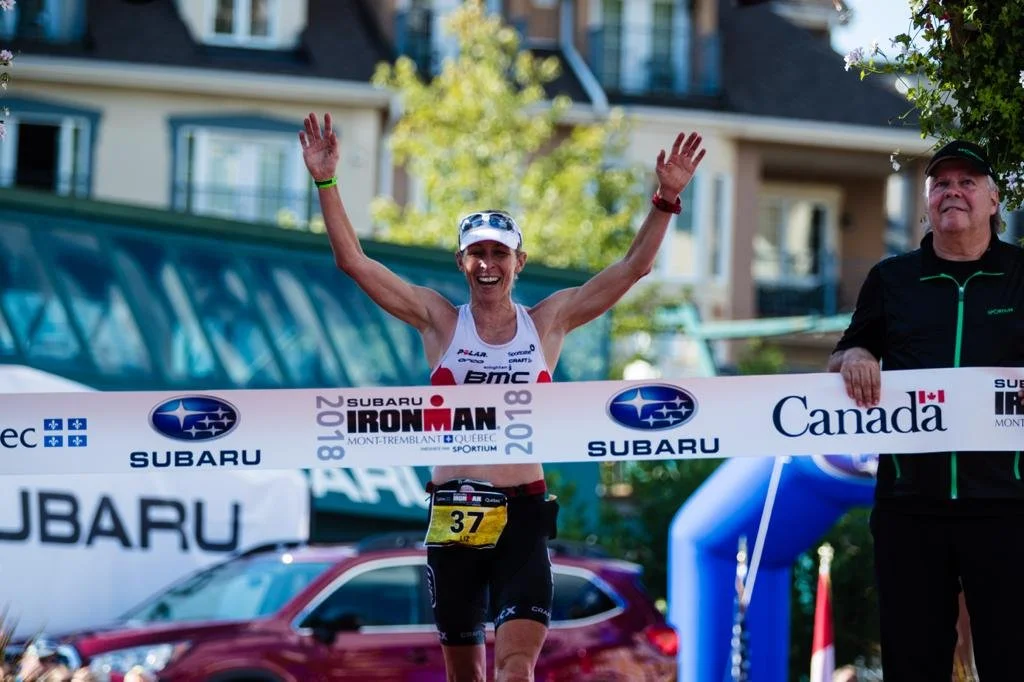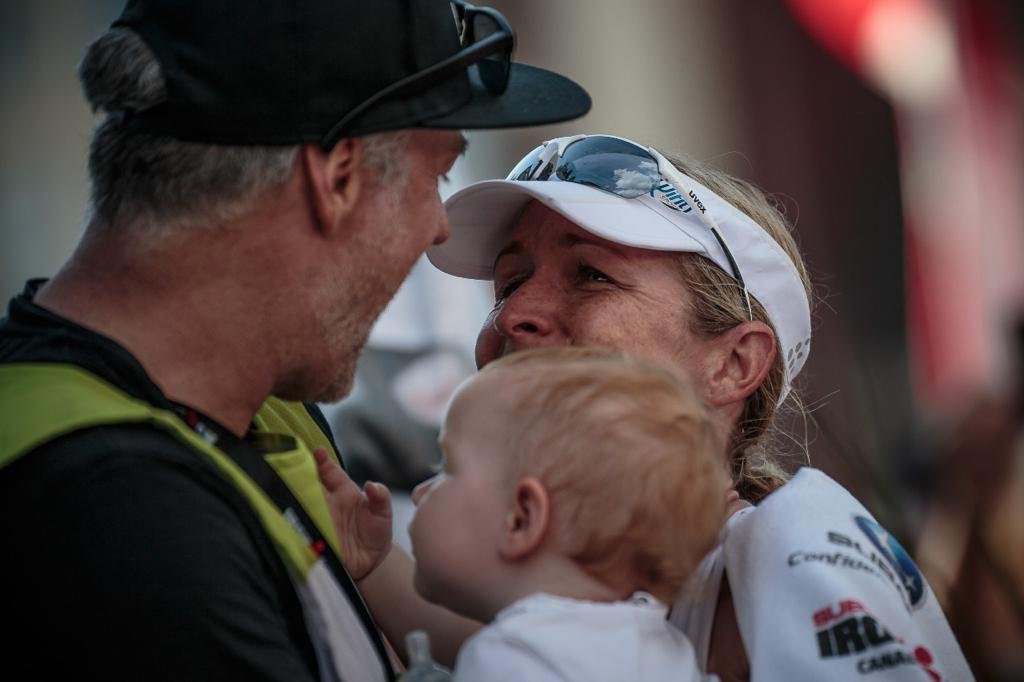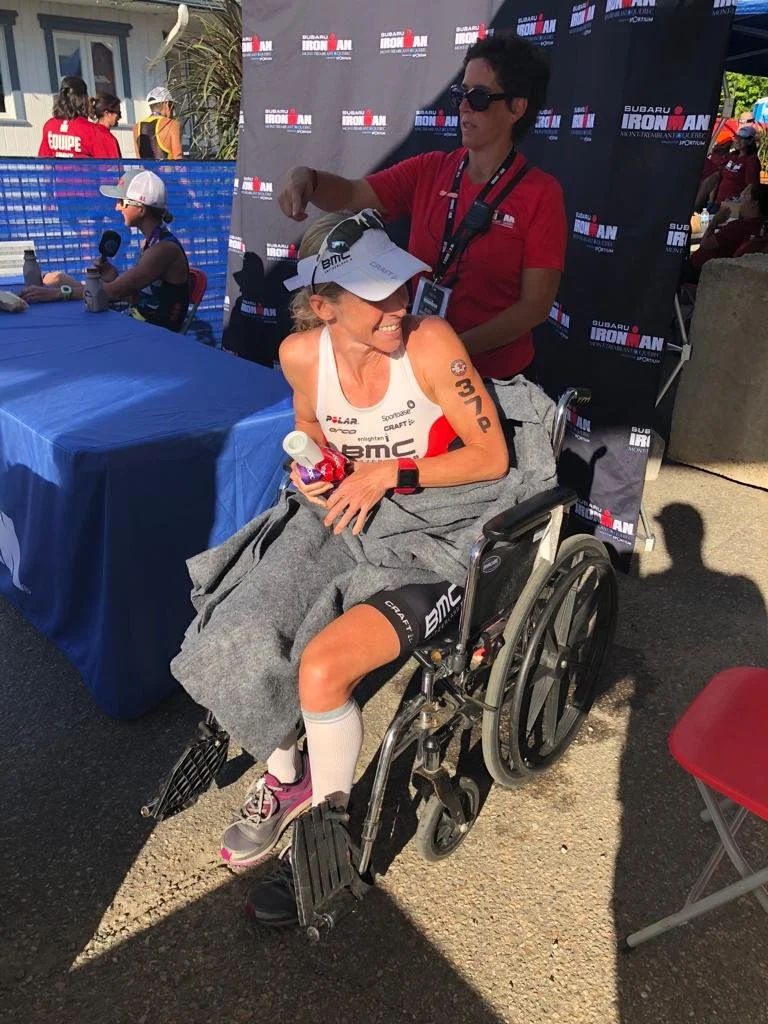WHY WOMEN NEED TO TRAIN DIFFERENTLY TO MEN TO MAXIMISE TRAINING ADAPTATIONS AND RACE DAY PERFORMANCE
Author- Coach Liz Blatchford
Women need to be working with their monthly cycle, not against it. It sounds obvious yet the female hormonal fluctuations are still widely ignored by many coaches and athletes. Tailoring your training around the menstrual cycle not only leads to a more enjoyable, energised training block but helps optimise the gains to be had from each session leading to a faster race day performance. Without going too deep into how we structure workouts and diet recommendations at RPG, let’s at least cover the basics:
Menstrual Phase (Days 1-5):
* A lower energy, less responsive to training, and sometimes uncomfortable phase. Not a time to push the training too hard, with the focus being more on light to moderate training often looking for maintenance of fitness rather than chasing further fitness gains.Follicular Phase (Days 6-14):
* Hormone levels, especially estrogen, start to rise during this phase, leading to an increase in energy and stamina making it a great time to push the training and bring in the higher intensity and/or longer workouts that are key to improving fitness towards your goal event.Ovulation Phase (Around Day 14):
* Estrogen peaks around ovulation making it a great time to continue to the harder training including strength work as the female body is in a very good state to absorb and recover from the harder training.Luteal Phase (Days 15-28):
* Progesterone levels rise, fatigue can also rise and this can be a time where some women are less responsive to training so it can be wise to pull back a little. Individual response varies a lot so it’s important to have open dialogue with your coach so you’re they’re not pulling back on the training prescription more than you need and of course to pull back enough if necessary.Pre-Menstrual Phase (Days 25-28):
* Again, highly individual but this can also be a time where recovery is a little slower any more time between hard sessions might be needed.
As a generalisation there are metabolic differences between genders that also change the way women and men train and fuel the training. Genetics, gender and of course, training history and diet play a big role here so while there are gender trends metabolically, I must stress these are generalisations. However, as a general rule, the metabolic differences between men and women that need to be factored into the training plan are:
* Basal Metabolic Rate (BMR):
On average, men tend to have a higher BMR than women. BMR represents the number of calories the body needs to maintain basic physiological functions at rest. This difference is primarily due to higher lean body mass and muscle mass in men, as muscle tissue requires more energy to maintain than fat tissue.
* Body Composition and Fuelling:
Men generally have a higher proportion of lean muscle mass compared to women. Muscle tissue has a higher metabolic rate at rest than fat tissue, contributing to the higher BMR in men. While women tend to have a higher percentage of body fat, which can influence overall energy expenditure and metabolic rate. Again, another reason why women shouldn’t compare to their male training partners.. a healthy training and racing weight will often look very different between the two genders.
Back to hormones briefly, estrogen, which is much more prevalent in women, influences fat storage patterns and energy utilisation while testosterone, more prominent in men tends to lead to increased muscle mass and a higher BMR. Especially without years of training, women tend to be naturally much better at utilising fat for fuel during training and racing than men. It can take men much longer to become proficient fat burners than women. Unless metabolic testing tells us that a female athlete has a serious deficiency in their ability to utilise fat stores for fuel then it’s very rare we implement carbohydrate manipulation like we sometimes do for men who need to become more metabolically flexible.
Without getting too bogged down in the details (leave that to your coach), women can also tailor their eating according to hormonal status. For example, by increasing carbohydrate intake during the luteal phase to account for the sex hormones’ effect on glycogen breakdown and availability during exercise. If a woman is an oral contraceptive user, the parameters change again.
Once again, if your coach is implementing the same approach to your program that they use with their male athletes you will not be getting the best out of yourself come race day It’s time to harness those female superpowers to your advantage!
To find out more about Liz’s coaching shoot over to https://rpgcoaching.com/coaches-highly-personalised-triathlon-coaching/ for more information or shoot us an email at reedperformancegroup@gmail.com.



